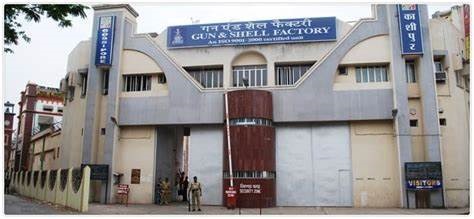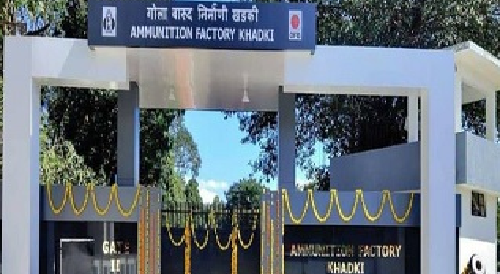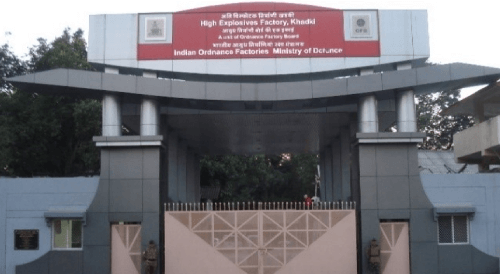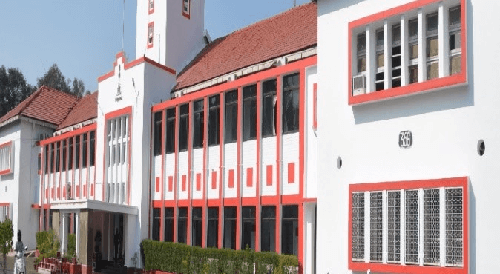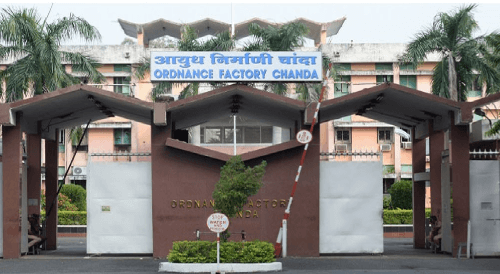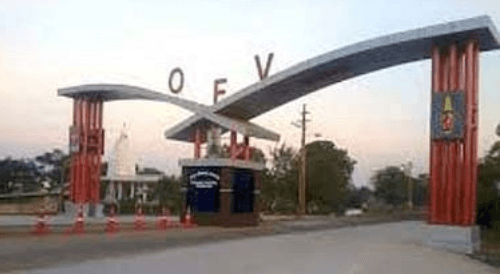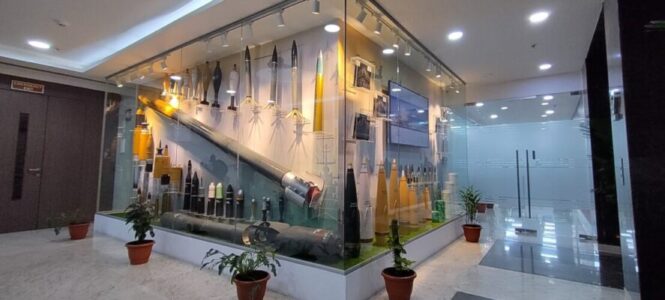Indigenisation
Objective of Indigenisation
One of the first aims of India as a nation since Independence has been to achieve self – reliance in the field of defence and defence production. In order to attain a progressively higher level of self- reliance, MIL has a policy of taking concerted efforts on indigenisation of input materials and new technologies required for manufacturing of wide range of MIL products. Indigenisation with the primary objective of achieving Make in India and lowering dependence on foreign countries especially for critical items is one of the key thrust areas of MIL.
ORGANISATION STRUCTURE FOR INDIGENOUS DEVELOPMENT
The organisation structure for indigenous development activities is in two levels as below: –
- MIL HQ. An indigenisation division is established at MIL HQ to coordinate and monitor the indigenisation activities at unit level. A chief indigenisation officer is the nodal officer to liaise all the activities related to indigenisation.
- MIL Unit. Indigenisation committees have been established in all the concerned unit of MIL comprising the officers from all related fields required for indigenisation such as Production, Quality, Maintenance, Provisioning. These Indigenisation committees are the executing agencies for development of indigenous product.
Contact Details
Shri Pankaj Kandalkar
Chief Indigenisation Officer
Email ID: Pankajkandalkar@munitionsindia.in
INDIGENISATION PROCEDURE
The indigenisation procedure followed by MIL are given below:
- Indigenisation through External Agencies such as Public Entities, Private Entities, Government Entities
- Indigenisation through In-House development activities
INDIGENISATION THROUGH EXTERNAL AGENCIES
- Self-Reliance: The indigenisation is required to achieve greater self-reliance in tune with Government of India indigenisation programme of Atmanirbhar Bharat. In view of this, MIL has taken initiative to indigenise all the items being imported presently.
- Techno-Commercial Details: The process of indigenisation is initiated by the concerned unit of MIL. towards this technical and commercial input is obtained from various agencies/vendors.
- Feasibility Study: This is a study to identify and establish whether it is practicable to meet the scientific and technical issues as well as it being a commercially viable option.
- Decision for route of Indigenisation: This is a study to identify the appropriate route of indigenisation such as MAKE-I, MAKE-II, I-Dex.
- Request for Proposal: The proposal for indigenous development is floated to all known potential vendors after short-listing them on reputation and capabilities. The RFP is a document that spells out technical and commercial aspects.
The present status of Indigenisation through External Agencies is listed below
Products under MAKE-I Categories – 03 Nos
Products under MAKE -II Categories – 23 Nos
Products under I-Dex Challenge – 02 No
INDIGENISATION THROUGH IN-HOUSE DEVELOPMENT ACTIVITIES
MIL product range also covers some of the ammunition produced based on foreign technical assistance. Production through the routes of Transfer of Technology (ToT) is meant not only to provide the factories opportunity to utilise the existing capability and meet the operational requirements of the armed forces but also to enable them to enhance India’s self-reliance in defence production.
The present status of Indigenisation of items under Technology Absorption
Product under In- House Indigenisation activities – 16 Nos
RECENT MAJOR ACHIEVEMENTS IN INDIGENISATION
- Ordnance Factory Bhandara has indigenously developed HMX based Plastic Bonded Explosive Composition for 84 mm Ammunition.
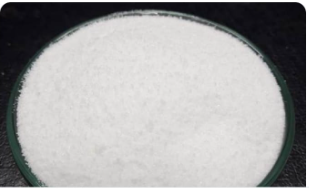
- Ordnance Factory Bhandara has developed indigenous Rocket Motor Charge Propellant for 84 mm HEAT 551 and 84 mm HEAT 751 Ammunition by inhouse facilities.
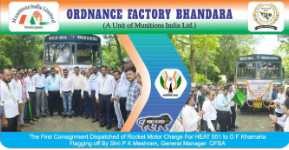
- Ammunition Factory Khadki has flagged off the first consignment of indigenously – designed and manufactured 40 mm UBGL HE Ammunitions to CISF.
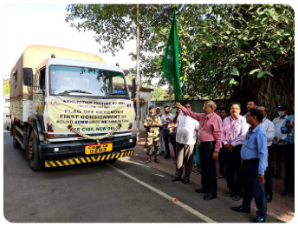
SRIAJN Portal: At present 166 products of MIL are published on SRIJAN portal, in which 42 products are cover under PIL – Ist , IInd, IIIrd published by MoD.




